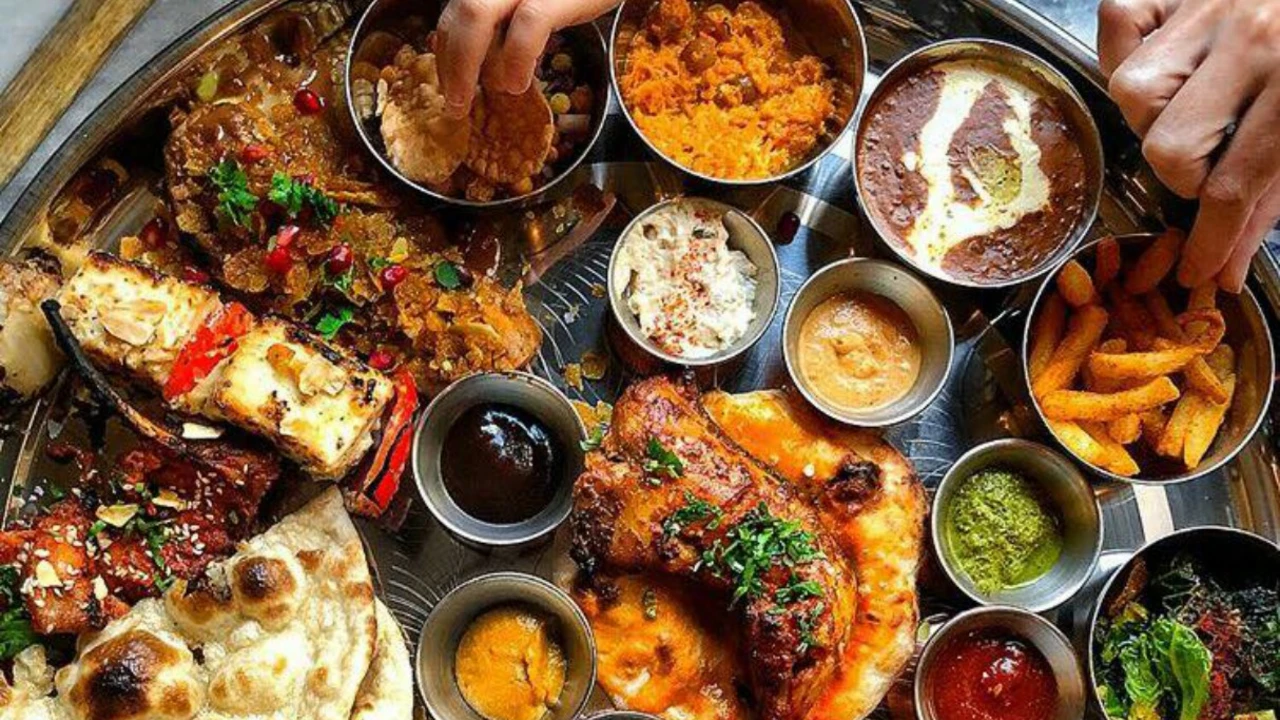Indian Cuisine – A Flavorful Journey
If you’ve ever wondered why Indian food feels like a party on your plate, you’re not alone. From the soft, buttery naan that comes right out of a tandoor to the fiery curries that make you reach for a glass of water, Indian cuisine packs a punch of taste, aroma, and tradition.
We’re going to break down what makes Indian food special, bust a few myths, and give you practical tips to enjoy it without feeling overwhelmed.
What Makes Indian Food Unique?
First off, spices are the heart‑and‑soul of every Indian dish. It’s not just about heat; it’s about layering flavors. Think cumin, coriander, turmeric, and cardamom working together to create depth. This blend also brings health benefits – turmeric’s anti‑inflammatory power, ginger’s digestion boost, and the antioxidant punch from cloves.
Regional diversity adds another layer. In the north, you’ll find creamy gravies, tandoor‑cooked breads like naan, and dishes that lean on dairy. Down south, rice rules, and coconut, mustard seeds, and curry leaves dominate. The result is a cuisine that can go from a comforting dal‑raita combo to a tangy fish curry in minutes.
One frequent question is how naan compares to Mexican tortillas. Both are flatbreads, but naan is fluffy, buttery, and cooked in a high‑heat clay oven, while tortillas are thin, crisp or soft, and made from corn or wheat. They serve different purposes: naan pairs best with rich gravies, whereas tortillas are perfect for wrapping quick fillings. Understanding this helps you pick the right bread for the right dish.
Common Misconceptions and How to Enjoy It
Many people think Indian food is “too spicy” or “unhealthy.” The truth? Spice level is adjustable. Most restaurants will dial back the heat if you ask. As for health, the use of fresh vegetables, legumes, and whole spices actually makes many Indian meals nutritious. Slow cooking techniques allow flavors to meld, reducing the need for excessive oil or salt.
Another myth is that Indian food is always heavy. Light options like a bowl of rasam (spicy tomato soup) or a simple cucumber raita can balance a rich main. Pairing a protein‑rich dal with brown rice gives you a complete meal that’s filling without feeling sluggish.
If you’re new to Indian flavors, start with familiar dishes. Butter chicken, paneer tikka, or aloo gobi are safe entry points. Then explore regional specialties like dhokla from Gujarat or dosa from South India. Trying small portions helps your palate adapt to the spice blend without overwhelming it.
Lastly, remember that Indian cuisine is a social experience. Meals are often shared, and eating together is a big part of the culture. So feel free to order a few dishes, share them with friends or family, and enjoy the variety on one table.
In short, Indian cuisine offers a world of taste, health perks, and cultural richness. Whether you’re craving the soft chew of naan, the zing of a fresh chutney, or the comforting warmth of a lentil soup, there’s something for every palate. Dive in, experiment, and let the flavors tell their story.
Posted by
Arvind Suryavanshi
0 Comments

In my latest blog post, I've explored some of the best Indian snacks that pair perfectly with a cold beer. From spicy chicken tikka to tangy paneer tikka, these dishes enhance the beer drinking experience. Other recommendations include masala peanuts for a crunchy treat and fried fish for seafood lovers. Also, I've discussed how the rich flavors of samosas and pakoras complement the bitterness of beer. So, if you are a beer enthusiast seeking new flavor combinations, this post is a must-read.
read more